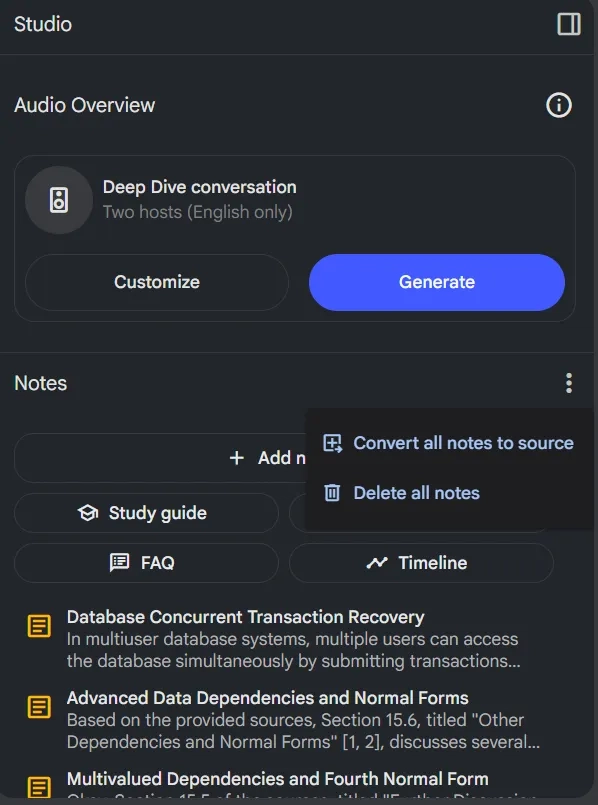Boosting Performance: Essential Memory Optimization Techniques for Spring Boot Applications
Optimizing memory usage is critical for ensuring your Spring Boot applications perform efficiently, especially under heavy workloads. Proper Memory management will help to reduce latency, minimize crashes, and improve overall application scalability. In this article, we’ll explore five core techniques to optimize memory usage in Spring Boot applications. 1. Tune JVM Settings The Java Virtual Machine (JVM) plays a significant role in managing memory. Fine-tuning its configuration can yield considerable improvements in performance: Heap Size Management Configure the initial (-Xms) and maximum (-Xmx) heap sizes to match your application’s needs. Avoid leaving the heap size at its default value, as this can cause unexpected behavior under heavy load. Garbage Collection (GC) Tuning Use the G1 Garbage Collector (G1GC) for most Spring Boot applications, as it provides predictable pause times. Adjust GC parameters, such as -XX:InitiatingHeapOccupancyPercent and -XX:MaxGCPauseMillis, for optimized performance. Enable Class Data Sharing (CDS) Reduce memory consumption for frequently loaded classes by enabling Class Data Sharing with -Xshare:on. 2.Optimize Spring Boot Configurations Spring Boot provides various features that, if not optimized, can consume unnecessary memory. Here are some ways to streamline configurations: Profile-Specific Configurations Use application-{profile}.yml or application-{profile}.properties to load only environment-specific configurations. Ensure unused configurations are not included in the runtime environment. Disable Unused Auto-Configurations Use the spring.autoconfigure.exclude property to prevent unnecessary auto-configurations from being loaded. For example: spring: autoconfigure: exclude: -org.springframework.boot.autoconfigure.jdbc.DataSourceAutoConfiguration Manage Actuator Endpoints Actuator endpoints provide valuable insights but can consume resources if all are enabled. Only enable required endpoints using: management: endpoints: enabled-by-default: false endpoint: health: enabled: true 3. Streamline Dependencies Unused or excessive dependencies can unnecessarily bloat the memory footprint of your application. Follow these practices: Exclude Unnecessary Dependencies Review your pom.xml or build.gradle for unused dependencies. Remove redundant libraries and ensure only essential dependencies are included. Properly Scope Test Libraries Use the test scope for test dependencies to ensure they are excluded from production builds: org.springframework.boot spring-boot-starter-test test 4. Optimize Bean Initialization Spring Boot uses dependency injection to manage beans, which can sometimes lead to excessive memory consumption. Optimize this process as follows: Enable Lazy Initialization Load beans only when they are required by enabling lazy initialization: spring: main: lazy-initialization: true Use Prototype Scope for Non-Singleton Beans For beans that are not frequently reused, use @scope("prototype") to avoid keeping them in memory unnecessarily: @Bean @Scope("prototype") public MyPrototypeBean myPrototypeBean() { return new MyPrototypeBean(); } 5. Monitor and Analyze Memory Usage Regular monitoring and analysis of your application’s memory usage can help identify and fix bottlenecks: Leverage Spring Boot Actuator Metrics Use Actuator’s metrics to monitor memory usage in real time. Integrate with monitoring tools like Prometheus and Grafana for visualization. Profile with Tools Use tools like VisualVM, JProfiler, or YourKit to profile your application and identify memory leaks or inefficient memory usage. Conclusion By implementing these five core techniques, you can ensure your Spring Boot application is both efficient and scalable. Regularly profile your application and adapt these strategies as your application’s requirements evolve. DYOR for other stratergies and optimize your applications. References https://www.baeldung.com/spring-boot-lazy-initialization https://docs.spring.io/spring-boot/reference/actuator/metrics.html https://docs.spring.io/spring-framework/reference/core/beans/factory-scopes.html
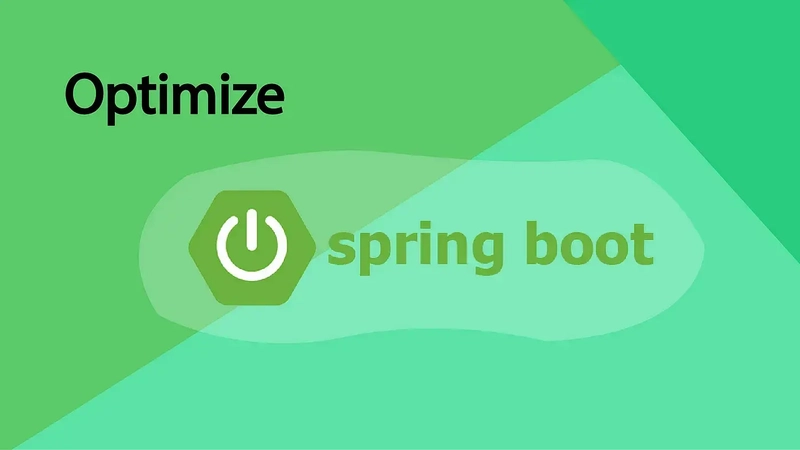
Optimizing memory usage is critical for ensuring your Spring Boot applications perform efficiently, especially under heavy workloads. Proper Memory management will help to reduce latency, minimize crashes, and improve overall application scalability. In this article, we’ll explore five core techniques to optimize memory usage in Spring Boot applications.
1. Tune JVM Settings
The Java Virtual Machine (JVM) plays a significant role in managing memory. Fine-tuning its configuration can yield considerable improvements in performance:
Heap Size Management
- Configure the initial (-Xms) and maximum (-Xmx) heap sizes to match your application’s needs.
- Avoid leaving the heap size at its default value, as this can cause unexpected behavior under heavy load.
Garbage Collection (GC) Tuning
Use the G1 Garbage Collector (G1GC) for most Spring Boot applications, as it provides predictable pause times.
Adjust GC parameters, such as -XX:InitiatingHeapOccupancyPercent and -XX:MaxGCPauseMillis, for optimized performance.
Enable Class Data Sharing (CDS)
- Reduce memory consumption for frequently loaded classes by enabling Class Data Sharing with -Xshare:on.
2.Optimize Spring Boot Configurations
Spring Boot provides various features that, if not optimized, can consume unnecessary memory. Here are some ways to streamline configurations:
Profile-Specific Configurations
Use application-{profile}.yml or application-{profile}.properties to load only environment-specific configurations.
Ensure unused configurations are not included in the runtime environment.
Disable Unused Auto-Configurations
Use the spring.autoconfigure.exclude property to prevent unnecessary auto-configurations from being loaded.
For example:
spring:
autoconfigure:
exclude:
-org.springframework.boot.autoconfigure.jdbc.DataSourceAutoConfiguration
Manage Actuator Endpoints
Actuator endpoints provide valuable insights but can consume resources if all are enabled.
Only enable required endpoints using:
management:
endpoints:
enabled-by-default: false
endpoint:
health:
enabled: true
3. Streamline Dependencies
Unused or excessive dependencies can unnecessarily bloat the memory footprint of your application. Follow these practices:
Exclude Unnecessary Dependencies
Review your pom.xml or build.gradle for unused dependencies.
Remove redundant libraries and ensure only essential dependencies are included.
Properly Scope Test Libraries
Use the test scope for test dependencies to ensure they are excluded from production builds:
org.springframework.boot
spring-boot-starter-test
test
4. Optimize Bean Initialization
Spring Boot uses dependency injection to manage beans, which can sometimes lead to excessive memory consumption. Optimize this process as follows:
Enable Lazy Initialization
Load beans only when they are required by enabling lazy initialization:
spring:
main:
lazy-initialization: true
Use Prototype Scope for Non-Singleton Beans
For beans that are not frequently reused, use @scope("prototype") to avoid keeping them in memory unnecessarily:
@Bean
@Scope("prototype")
public MyPrototypeBean myPrototypeBean() {
return new MyPrototypeBean();
}
5. Monitor and Analyze Memory Usage
Regular monitoring and analysis of your application’s memory usage can help identify and fix bottlenecks:
Leverage Spring Boot Actuator Metrics
Use Actuator’s metrics to monitor memory usage in real time.
Integrate with monitoring tools like Prometheus and Grafana for visualization.
Profile with Tools
Use tools like VisualVM, JProfiler, or YourKit to profile your application and identify memory leaks or inefficient memory usage.
Conclusion
By implementing these five core techniques, you can ensure your Spring Boot application is both efficient and scalable. Regularly profile your application and adapt these strategies as your application’s requirements evolve. DYOR for other stratergies and optimize your applications.
References
https://www.baeldung.com/spring-boot-lazy-initialization
https://docs.spring.io/spring-boot/reference/actuator/metrics.html
https://docs.spring.io/spring-framework/reference/core/beans/factory-scopes.html





































































![Apple Restructures Global Affairs and Apple Music Teams [Report]](https://www.iclarified.com/images/news/97162/97162/97162-640.jpg)
![New iPhone Factory Goes Live in India, Another Just Days Away [Report]](https://www.iclarified.com/images/news/97165/97165/97165-640.jpg)


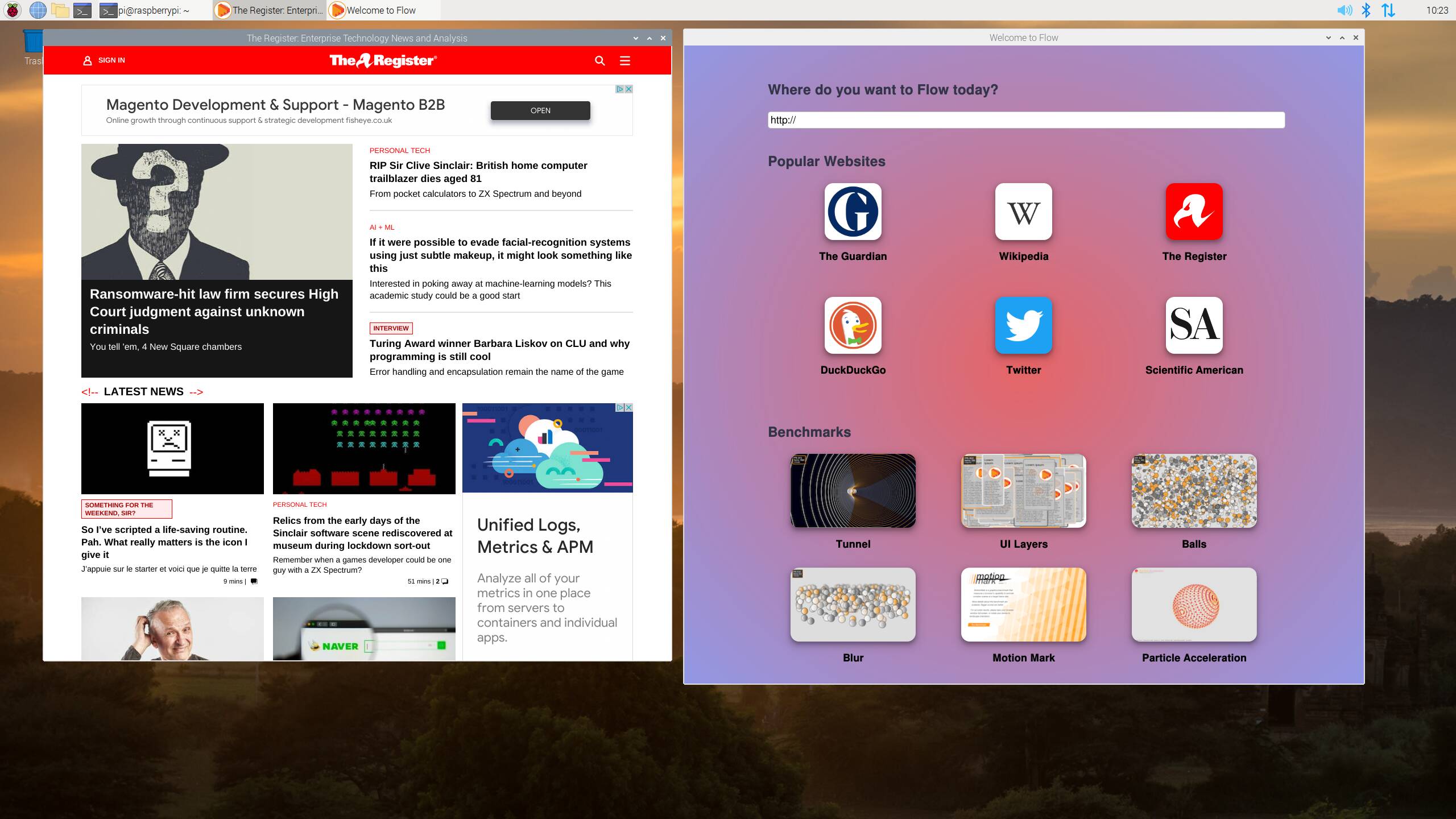
























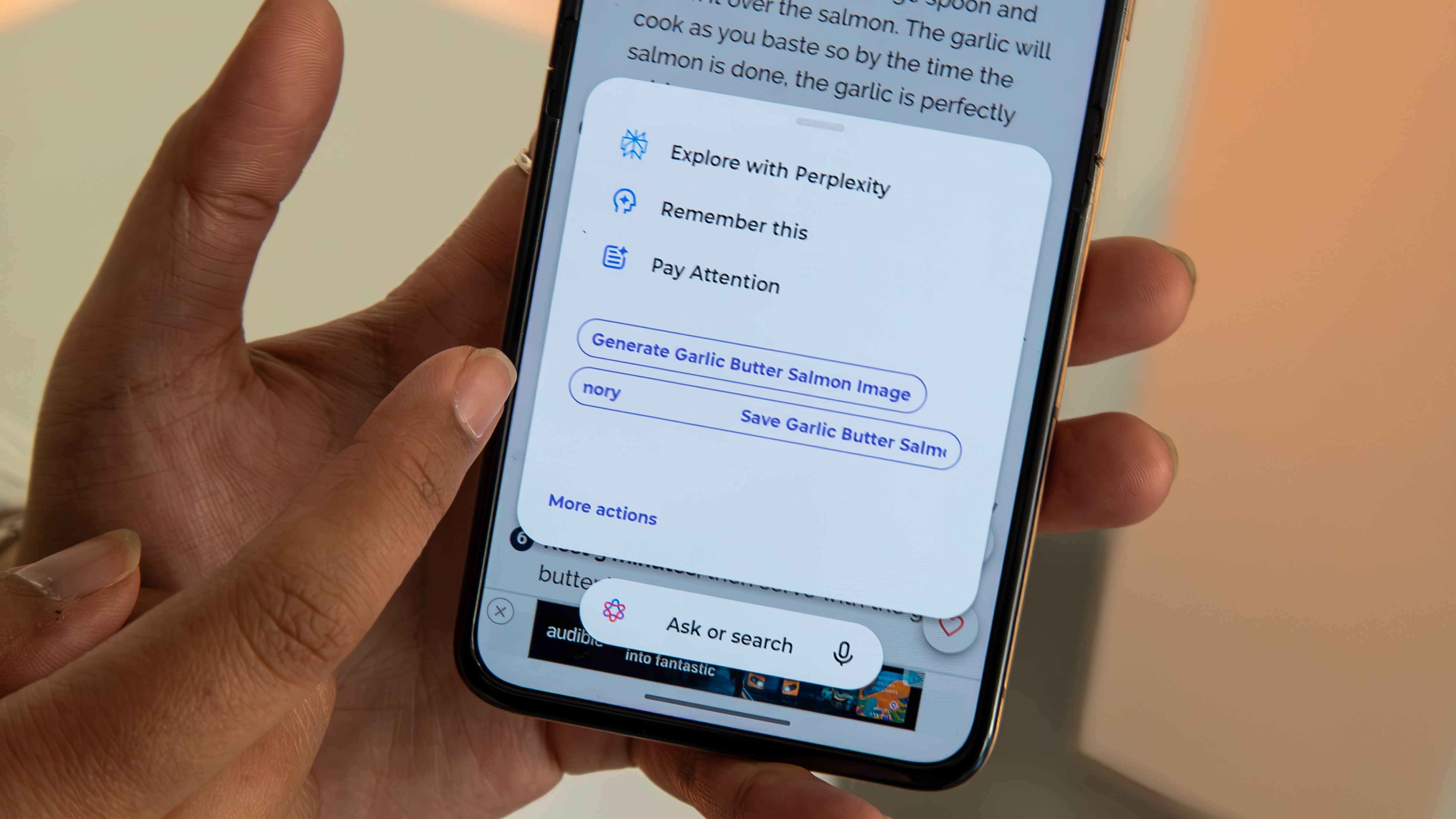












































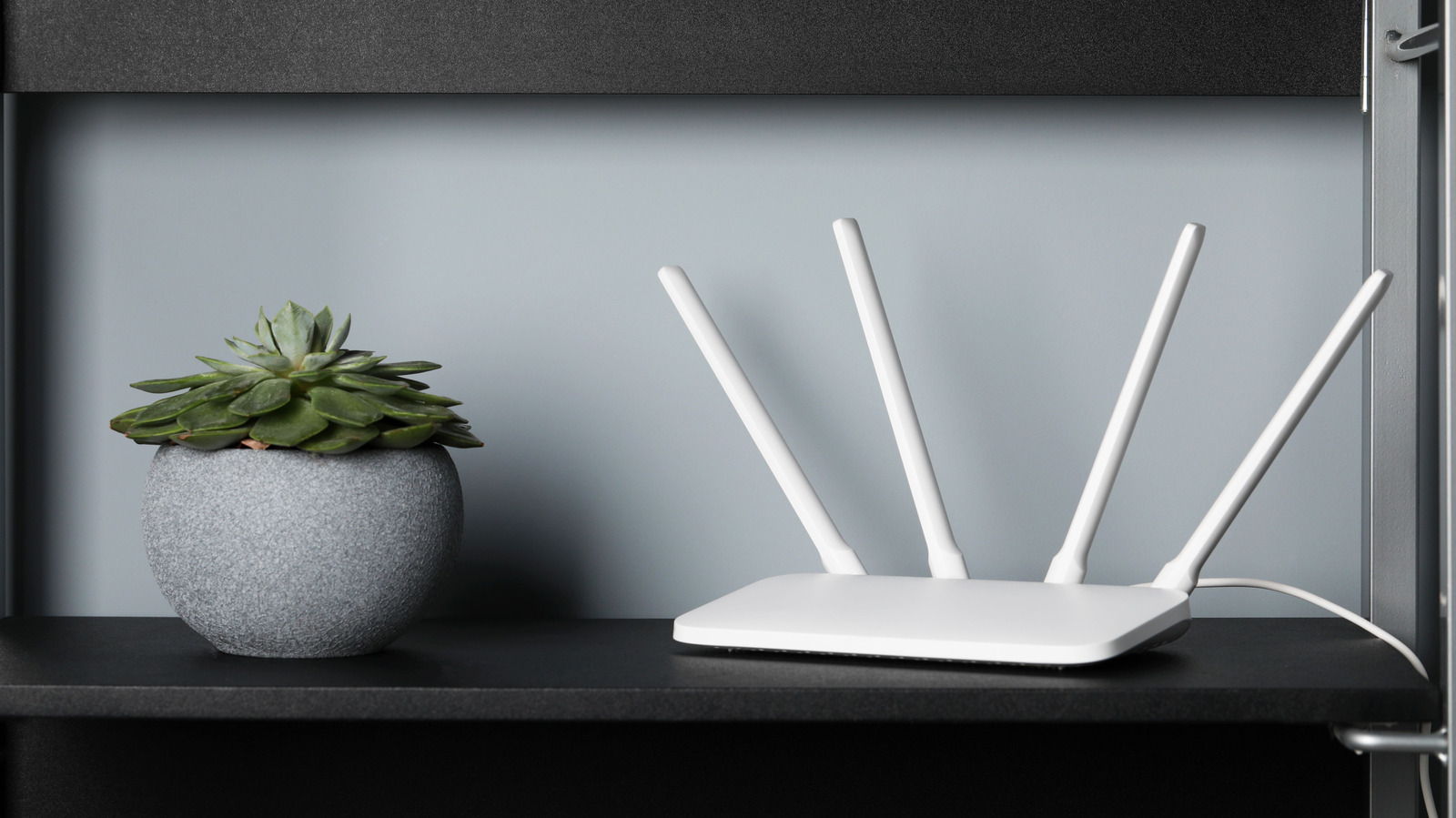

































.webp?#)


































































































































![[The AI Show Episode 145]: OpenAI Releases o3 and o4-mini, AI Is Causing “Quiet Layoffs,” Executive Order on Youth AI Education & GPT-4o’s Controversial Update](https://www.marketingaiinstitute.com/hubfs/ep%20145%20cover.png)




























































































































































































_XFkvNLu.png?width=1920&height=1920&fit=bounds&quality=70&format=jpg&auto=webp#)


































































